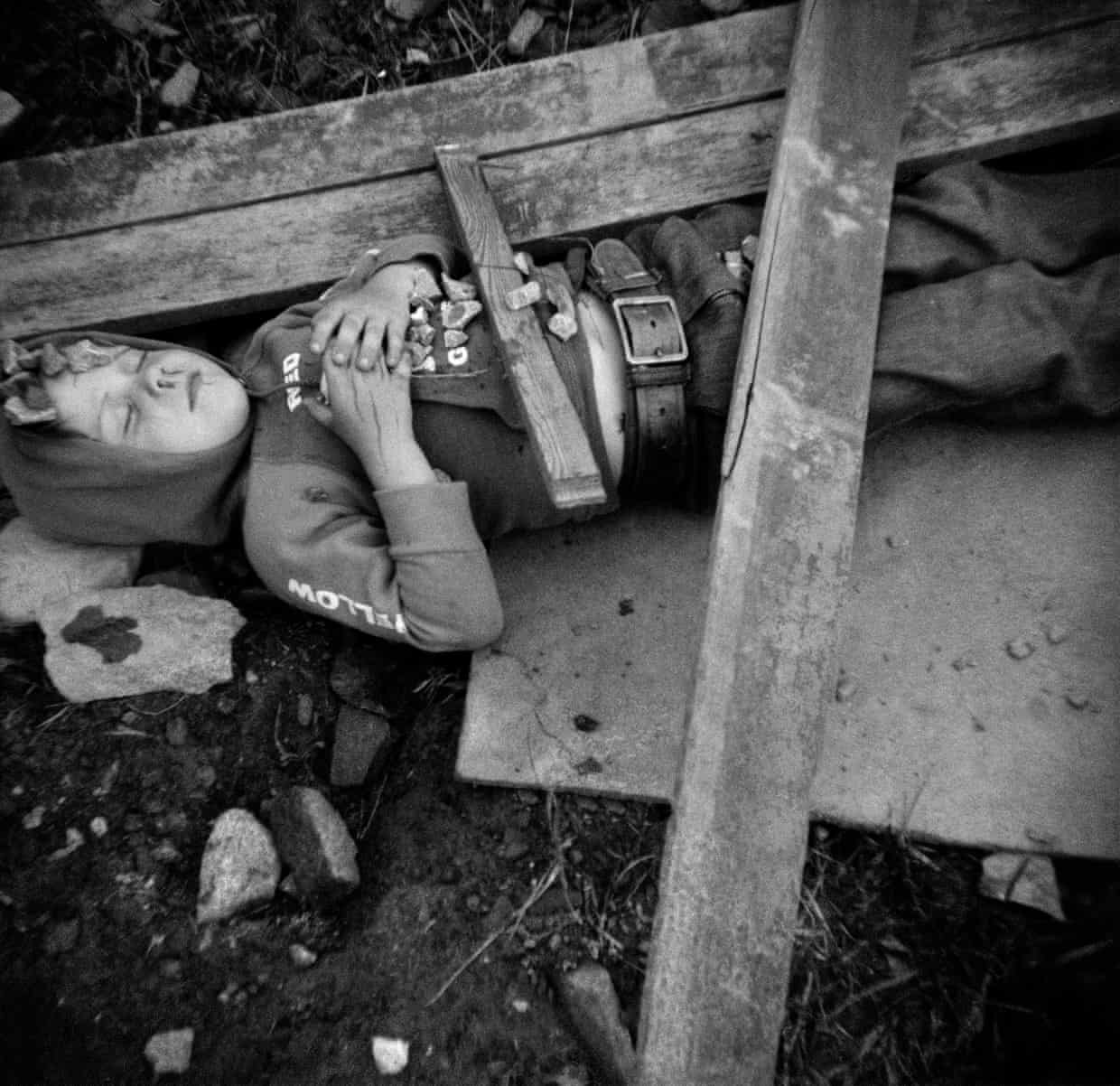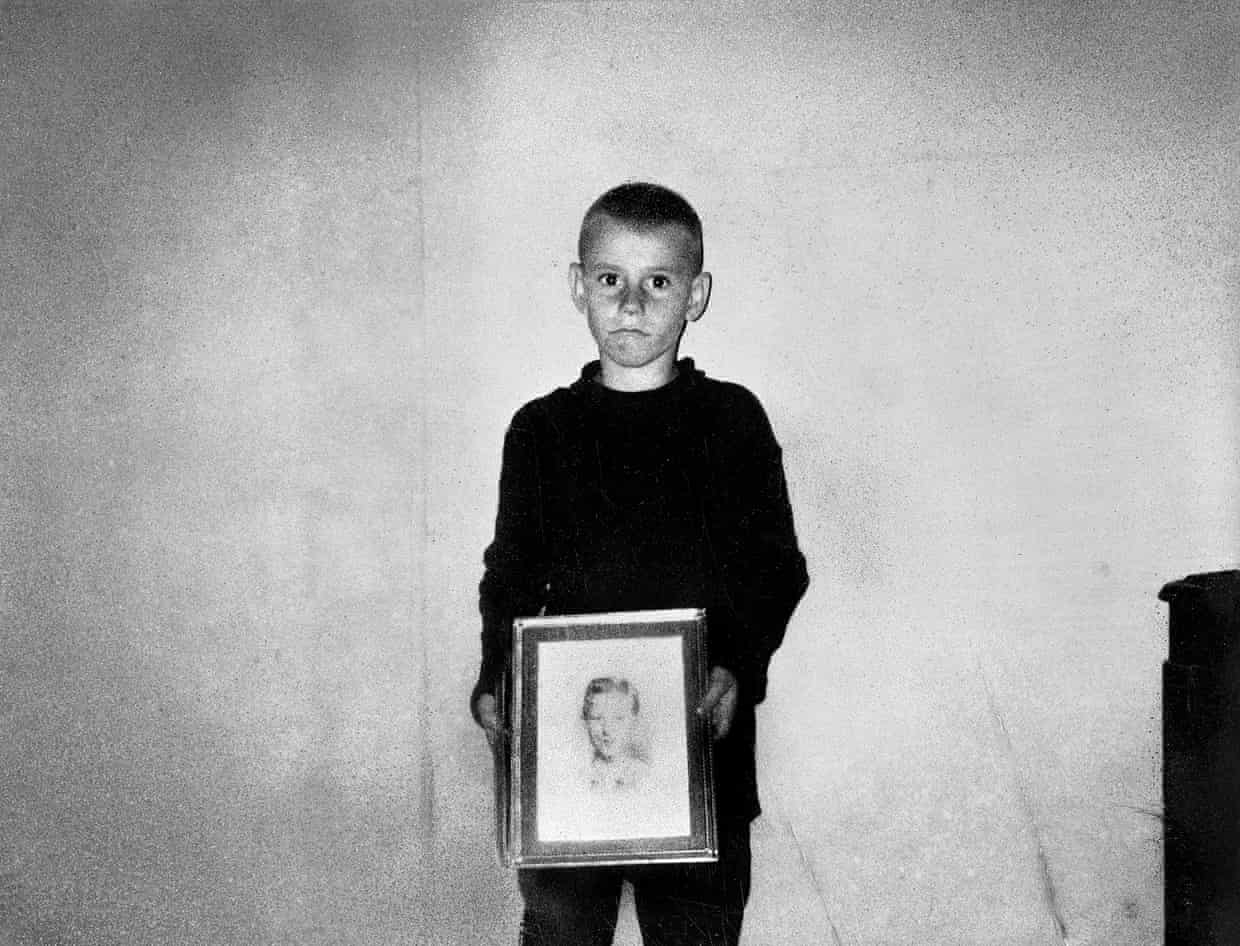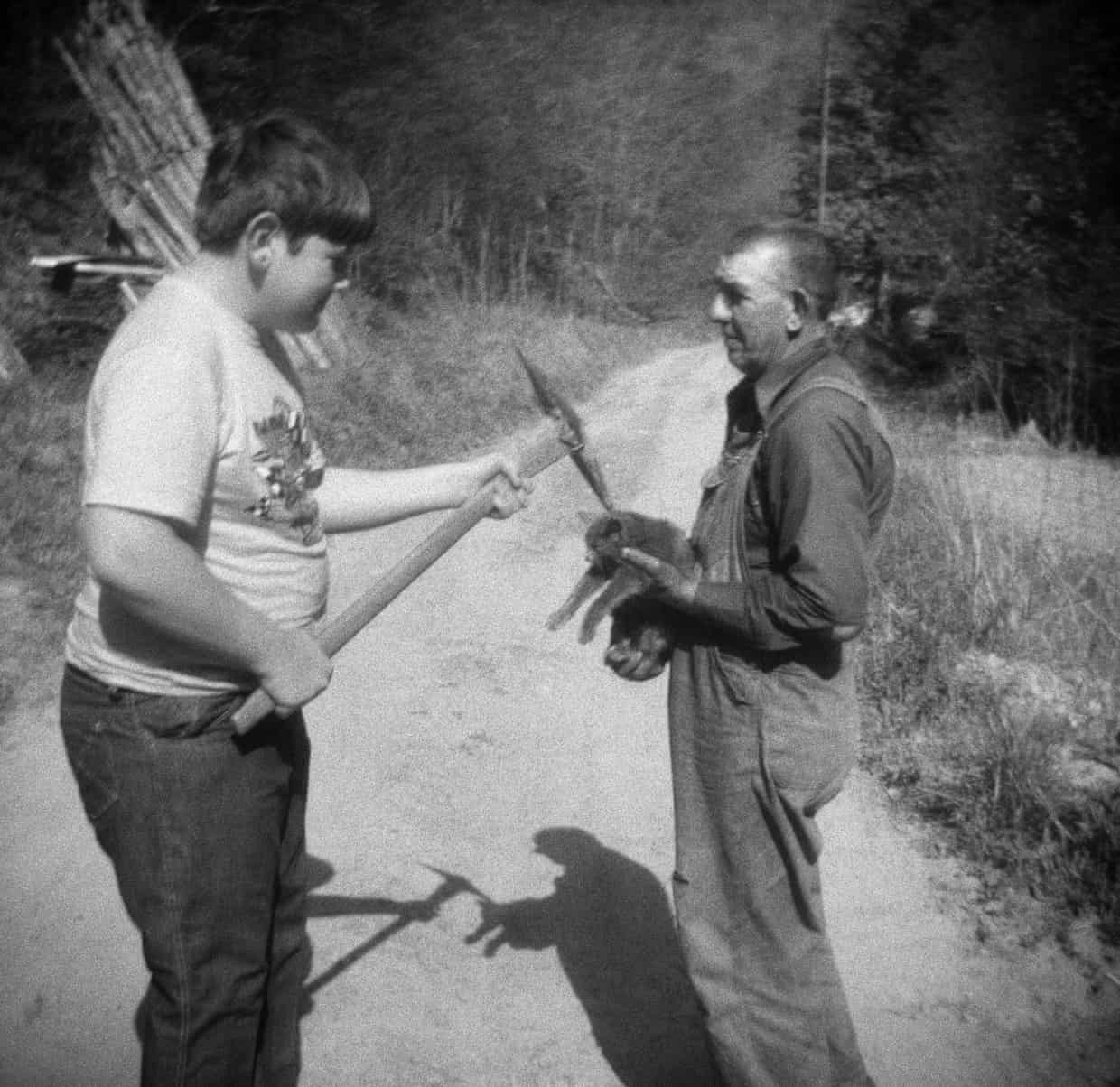
Photography
Dancers, dreamers and cat killers: Appalachian kids captured by $10 cameras
Photographer Wendy Ewald remembers the world of loss, sorrow and survival that emerged when she gave Appalachian kids $10 cameras and told them to shoot their lives – and dreams
by Sean O’HaganWendy Ewald travelled to Letcher County, Kentucky, in the winter of 1976. She was 25 and not long out of college in New York, where she had trained as a teacher before discovering photography. “I was still a kid,” she says, “and I arrived in a place that was very remote and where everyone knew everyone else, but somehow I found it very easy to fit in.”
So much so that she remained there for six years, working in three schools, where she built darkrooms and taught practical photography, printing and book-making to children who, until then, had never thought their everyday lives were worth recording. “I bought a bunch of Instamatic cameras and sold them to the kids at $10 each,” she says. “I wanted to instil in them the sense that what they were doing really meant something. I felt it was somehow important that they owned their own cameras and valued them.”
First published in 1985 and hailed as a milestone in vernacular photography, Ewald’s book, Portraits and Dreams: Photographs and Stories by Children of the Appalachians has just been reissued in an extended version. It remains a singular portrait of the rural American south as seen through the eyes of local children, whose living conditions were impoverished but whose inner lives were often extravagantly imaginative. In grainy monochrome, they photographed themselves and the world around them: the rundown shacks they lived in, the adults who brought them up, the animals they helped raise and sometimes kill, as well as the hills and hollows they wandered from an early age.

Ewald helped them edit their work and arranged their images in thematic sections: self-portraits, animals, family portraits and, most dramatically, dreams. She also interviewed them and distilled their unselfconscious and often darkly revealing first-person narratives. “The mountains – I feel they have secrets like nobody has ever heard of,” says Allen Shepherd, one of the kids. “Some people say if they could talk, they would speak wisdom. I feel that way, too.”
Another young boy, Freddy Childers, initially struggled to express himself through the camera but, after a few lessons in composition from Ewald, presented her with two revealing family portraits. In one, he poses smiling with his older brother, Homer, in their house in Kingdom Come Creek, the dirt on their clothes echoed by the grime on the walls. In the other, Freddy stands unsmiling, cradling a portrait of “my biggest brother, Everitt, who killed himself when he came back from Vietnam”. A whole world of loss, sorrow and survival emanates across the years from these grainy images.
Ewald’s most gifted pupil was Denise Dixon, whose photographs evince an instinctive grasp of composition coupled with a vivid imagination. In one series of self-portraits, titled Reaching for the Red Star Sky, she dances ecstatically against a receding brick wall that bisects the frame. Although she appears oblivious to the camera, she was, it transpires, in complete control of the shoot. “I told my girlfriend, Michelle, how far away to stand and to take the pictures when I said,” she tells Ewald. “I like people in action, and I always look for a certain time to take a picture of it.”

Other images cast longer and darker shadows. A boy called Gary Crase made a self-portrait in which he poses holding an axe over the head of a cat his father is holding. Decades later, he described the picture to Ewald as “the classic image of an abused child trying to appease his abuser”. It transpired that, throughout his childhood, his father had killed each of the family cats, forcing Crase and his younger sister to watch. That single image distilled the terror that attended Crase’s childhood.
Elsewhere, death seems to preoccupy the children and informs their writing (several refer to male relatives who suffer from “black lung” having worked in the local coal mines) as well as the more unsettling dream photographs. Allen Shepherd created an elaborately eerie portrait of his pal, Ricky Dickson, who poses eyes closed and arms outstretched, leaning into the forked bark of a tree. It is captioned: “I dreamed I killed my best friend.”
Inspired by her recurring nightmares, Denise Dixon photographed her infant twin brothers, one appearing alive, the other hovering as a ghost in a tree overhead. “If I dream, I dream something bad,” she says matter-of-factly. “If I don’t, I don’t dream at all.”

I ask Ewald if she was surprised by the often disturbing undertow to the dream portraits. “You have to understand that these kids lived in close proximity to the cycle of life, not just through the daily struggle of the adults around them, but in their day-to-day lives. Death was a constant: they raised animals that were slaughtered and they hunted from a young age. There was also a lot of dark stuff going on in the background: guns, shootings, too much alcohol. For all that, the kids enjoyed a rare kind of freedom – they roamed in the mountains every day, making dams, building dens. They knew every inch of the woods. It was their territory.”
In 2008, some 20 years after Portraits and Dreams was first published, Ewald organised a reunion in Whitesburg high school in Kentucky. It turned out that most of the kids she had taught had not seen each other since the late 70s. In the interim, many had transcended their impoverished upbringings and, having gone to college, were working in professional jobs, locally and further afield. They all spoke fondly of the photography classes in Cowan Creek, Campbell’s Branch and Kingdom Come Creek.
“The lessons they learned as image-makers, storytellers and masters of their own creativity had guided them on their life paths,” writes Ewald in her afterword to the new edition of her work. “For me, these students taught me the guiding principles of my life’s work: to frame the world according to other’s visions, as well as my own.”
• Portraits and Dreams by Wendy Ewald is published by Mack.